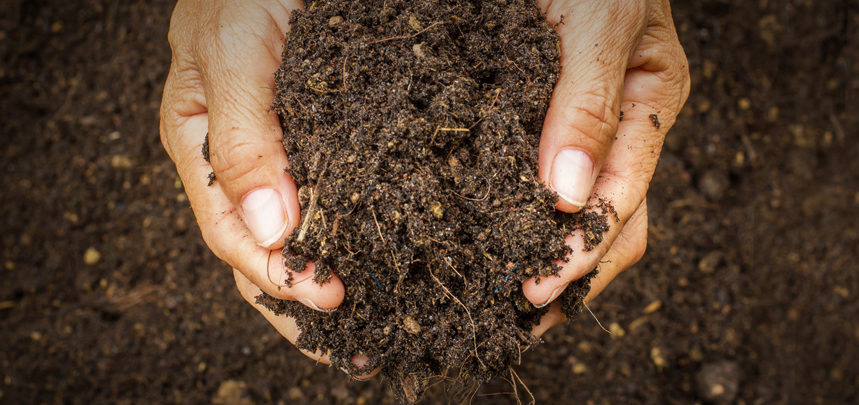Whether you’re a home gardener or a professional landscaper, quality topsoil is essential for growing plants, flowers, vegetables, and lawns.
It’s important to understand the differences between soil types to ensure that your plants get the nutrients they need for optimal growth. This buyer’s guide will help you make the best choice when selecting topsoil for your garden.
Types of Topsoil
The two main types of topsoil are natural (or organic) topsoil and engineered topsoil.
1. Natural Topsoil
When you hear the word “soil,” you might think of the stuff that makes up dirt. But there’s a big difference between dirt and soil.
Soil is a complex mixture of minerals, organic matter, water, and air. The minerals in the soil come from rocks that have been broken down over time by weathering. The organic matter comes from decaying plants and animals. And water and air are vital for plant growth.
Natural topsoil is composed of organic matter like compost, leaves, grass clippings, and other plant residues. It has higher water retention than engineered soil and provides essential nutrients for promoting healthy root growth in plants.
2. Engineered Topsoil
Engineered topsoil is a type of artificial soil that is made from inorganic components like sand, gravel, or clay-based minerals. It is often used in construction projects or to improve the drainage of natural soil.
Engineered topsoil has better drainage than natural soil, but it doesn’t provide as many nutrients as natural soil does. This can be a problem for plants that need lots of nutrients to grow.
However, engineered topsoil can be mixed with natural soil to create a mix that is more nutrient-rich. This mix can be used to improve the drainage of poorly-draining soil and help plants to grow.
Choosing Quality Topsoil
When purchasing topsoil, look for bags labeled “premium blend” or “professional blend.” These labels indicate that the product contains both organic matter and inorganic components to create an ideal balance of texture and nutrients that promote healthy plant growth.
Additionally, you should also check the packaging to make sure it was sourced from a reputable supplier with good customer reviews. If possible, buy soils with an organic certification label—these products have been tested by third-party laboratories for safety standards such as pH balance and heavy metal content.
So-called “bargain-bin” soils may be cheaper than premium blends but are often not worth the savings due to their lack of nutrient content or poor drainage ability; these soils contain fewer essential nutrients necessary for proper plant health and can lead to stunted growth over time.
Also, beware of soils labeled “garden mix”—these are usually low-quality mixtures containing large amounts of sand which can cause drainage problems in your garden beds or planters if used incorrectly.
Final Words
When selecting topsoil for your garden or landscaping project, it pays off to invest in premium quality soil rather than bargain bin alternatives.
Premium blends provide better drainage while still supplying essential nutrients necessary for strong root systems which lead to healthier plants overall – something both home gardeners and professional landscapers can appreciate.
With this buyer’s guide in hand, you’ll be ready to find the perfect type of soil to keep your plants thriving all season long.

